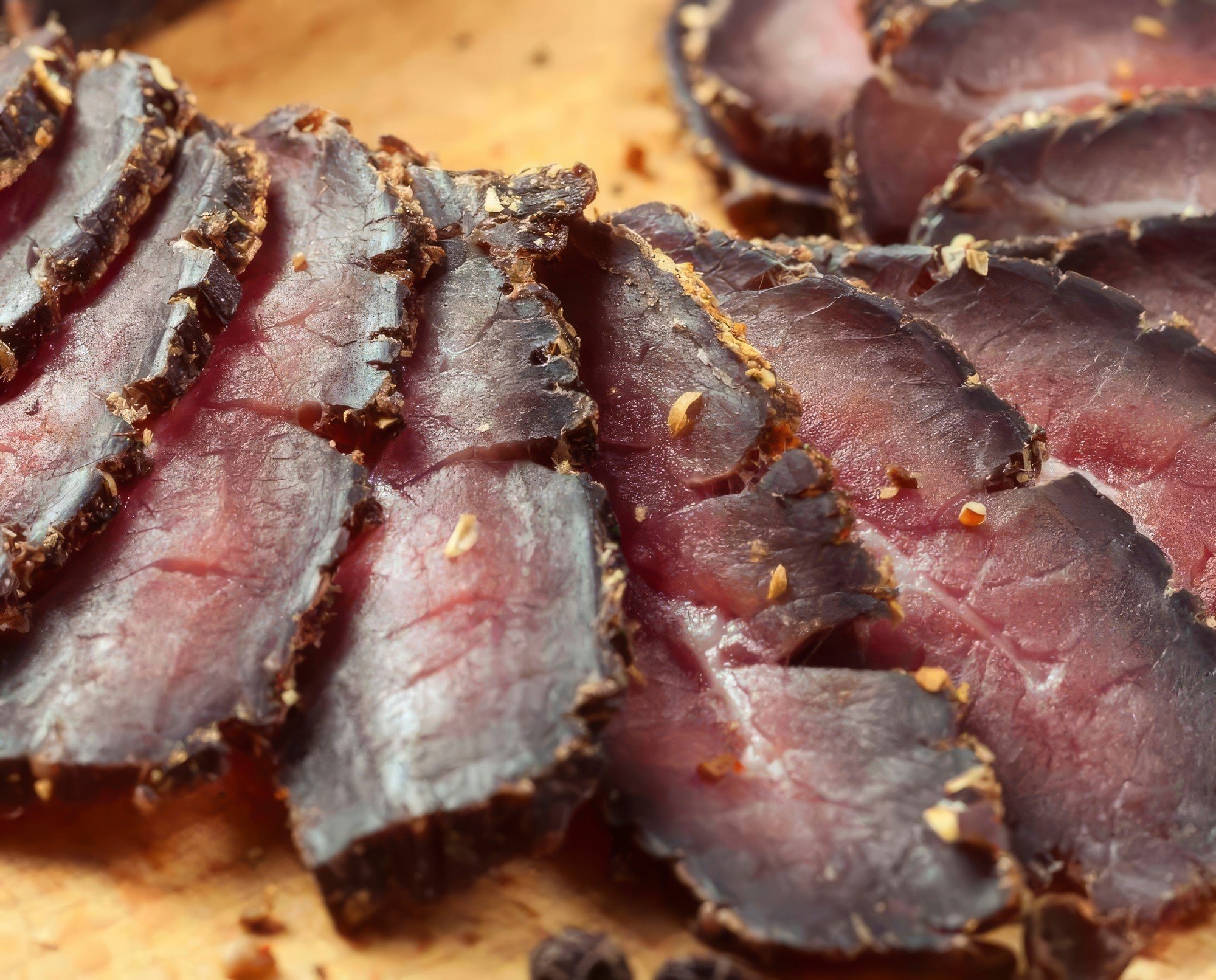One advantage of carrying culinary “essentials” at the expense of clothing is that your luggage gets a little lighter each day. By the end of the trip, there will be plenty of room for souvenirs.
More bang for your baht: a tour of 6 Michelin-rated restaurants in Thailand
More bang for your baht: a tour of 6 Michelin-rated restaurants in Thailand
Savvy travellers will always find room in their rucksacks for dried fruit.
Raisins, dates and apricots are as nutritionally dense as fresh fruit but weigh less and come in compact, travel-friendly packaging.
Oodles of noodles
Perfect for sprinkling on instant oatmeal, another healthy favourite that is available in space-saving sachets.
This despite Chinese President Xi Jinping, while on a 2014 trip to the Maldives, urging his compatriots to eat fewer instant noodles while abroad and experiment with local cuisines.
Instant noodles might seem an odd item for tourists to haul around when they are available almost everywhere – but will they stock my favourite sea urchin and squid ink flavour in North Macedonia, I hear you ask.

Cases of condiments, sackfuls of spice
East and Southeast Asians are most likely to stash a (plastic) condiment bottle somewhere in their suitcase.

Staying with salty dried meats, there is a good chance the South African sitting next you on the plane, train or bus has a supply of biltong in his bag. The cured meat, which is marinated in salt, vinegar and spices, might be beef based but is just as likely to be ostrich or zebra.
Forward planners send SOS alerts so that family members or friends can collect, curate and consign a care package in the nick of time.
The food parcel could also include a jar of Marmite, but only for 50 per cent of British holidaymakers, as the gloopy black yeast extract divides the country almost as much as Brexit.

It is almost compulsory for Australians to pack a jar or two of Vegemite, a Marmite-like yeast spread, and a supply of Tim Tam chocolate biscuits.
Bags bulging with bread
Talking of coffee, Malaysians keep homesickness at bay by stuffing their suitcases with OldTown 3 In 1 white coffee packets, while Singaporeans load up with Milo chocolate malt drink sachets, rather than bulky baggage-allowance-busting tins.

New Zealanders reluctant to rely on family members to send supplies can place orders with professional care package specialists such as Kiwi Corner Dairy, which ships much loved Antipodean products around the world.
According to the Auckland-based company, Peanut Slab (a chocolate-covered peanut bar) and Pineapple Lumps (sweet chewy confectionery) are the two most popular tastes from home that overseas-based Kiwis crave.
Globetrotting Finns will not travel far without a stockpile of wholegrain rye bread – so much so that addicted expats urge friends and relatives to bring loaves of the bulky bakery staple when they come to stay.

The Dutch ask visitors from the old country to bring stroopwafels – biscuit-sized waffles filled with buttery caramel syrup – and American holidaymakers make it their business to know where the nearest source of peanut butter and popcorn kernels is.
Canadians sew a maple-leaf flag onto their backpacks so that they are not confused with American tourists; many also carry small jars of maple syrup to drizzle over pancakes and porridge, and to give as presents.
Sooner or later, your cache of comfort food will run out. Cue bouts of panic, homesickness, insatiable cravings and vulnerability to dubious rumours the item has been spotted on the shelves of a local foreign-products store.

However, by the time you head along to investigate whether it is possible to buy the delectable treat by the dozen, it has sold out. Staff reassurances that “we’ll be getting another shipment very soon” turn out to be hollow.
If this leaves you heartbroken and inconsolable, it could be time to head home for a while. Or, if having a steady supply of the food you grew up with is that important, it might be better to limit your travel to day trips.







